What Is A Facial Fat Transfer?
Fat transfer is one of the most exciting advancements in facial plastic surgery. As we age, the face doesn’t just sag—it also loses volume, leading to a hollow, tired appearance. Fat transfer addresses this by using the patient’s own purified fat to restore lost volume in key areas such as the under-eyes, cheeks, and temples. When combined with other surgical techniques, it helps achieve a more complete and natural-looking rejuvenation—reviving facial contours, softening shadows, and enhancing overall harmony without the adverse side effects of synthetic fillers.
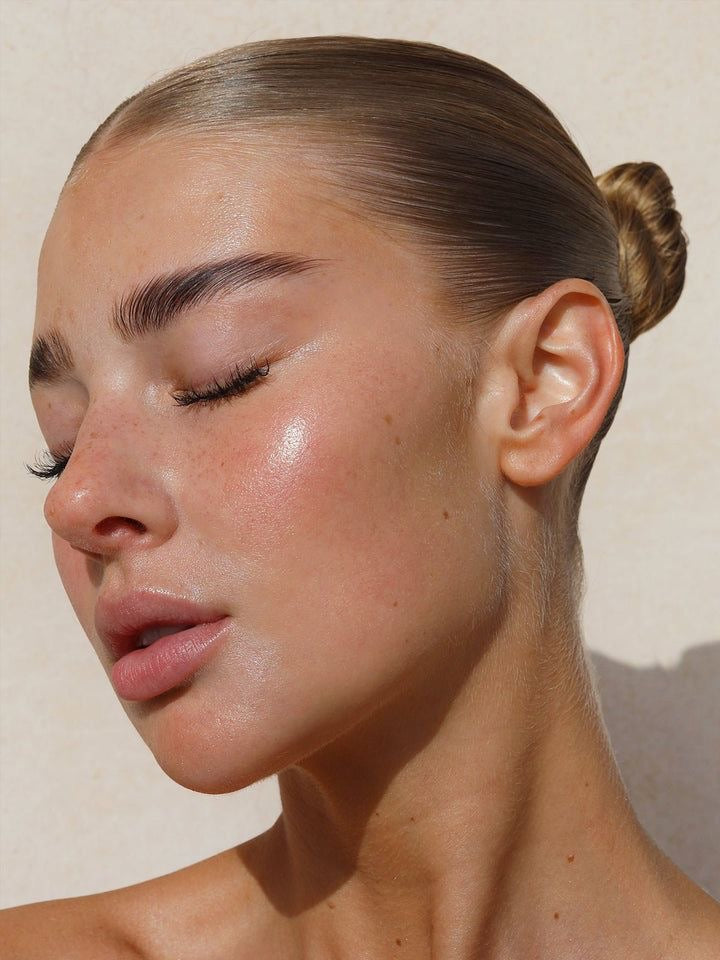
How Is Facial Fat Transfer Performed?
The process of fat transfer, also known as autologous fat grafting, involves three essential steps: harvesting, purification, and injection.
- Harvesting: Fat is gently collected from areas such as the abdomen, flanks, or thighs using a fine cannula and manual liposuction techniques. This gentle approach helps preserve fat cell viability.
- Purification: The harvested fat is then purified by passing it through a series of filters to remove excess fluid and isolate fat cells into different consistencies. This results in micro fat for deeper volume restoration and nano fat, which contains stem cells, for more delicate areas like the under-eye or fine lines.
- Injection: The processed fat is then strategically injected into the target areas in small parcels to allow for maximum contact with surrounding tissue. This precise layering helps optimize the survival of the fat cells.
Once injected, the transferred fat must become vascularized in order to survive and become a permanent graft. On average, about 60–70% of the transferred fat survives, while the rest is naturally reabsorbed by the body. Because of this variability, some patients may require more than one session to achieve their ideal volume and symmetry. When done by an expert, fat transfer offers the ideal natural, long-lasting facial rejuvenation.

Am I a good candidate for Facial Fat Transfer?
Facial fat transfer is ideal for individuals experiencing age-related volume loss or contour deficiencies in areas such as the cheeks, under-eye region, or temples. It is especially well-suited for those who have tried dermal fillers but were unsatisfied with the results—whether due to overfilling, migration, or an unnatural appearance—and are now seeking a more natural, long-term alternative. Candidates should be in good overall health, have adequate donor fat (typically from the abdomen or thighs), and understand that while fat transfer offers lasting results, multiple sessions may be needed to achieve optimal fullness and symmetry.
Before/After Fat Transfer surgery
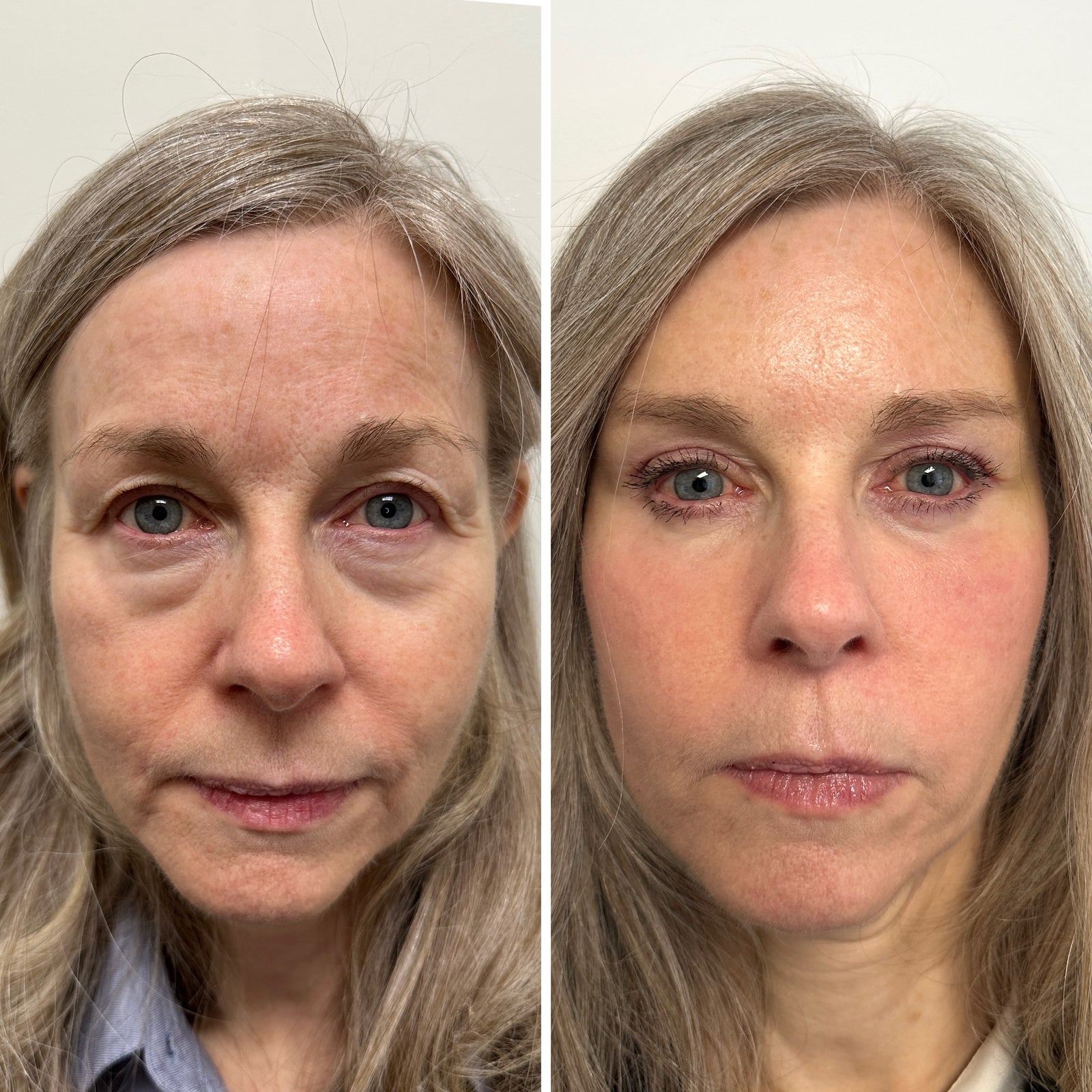
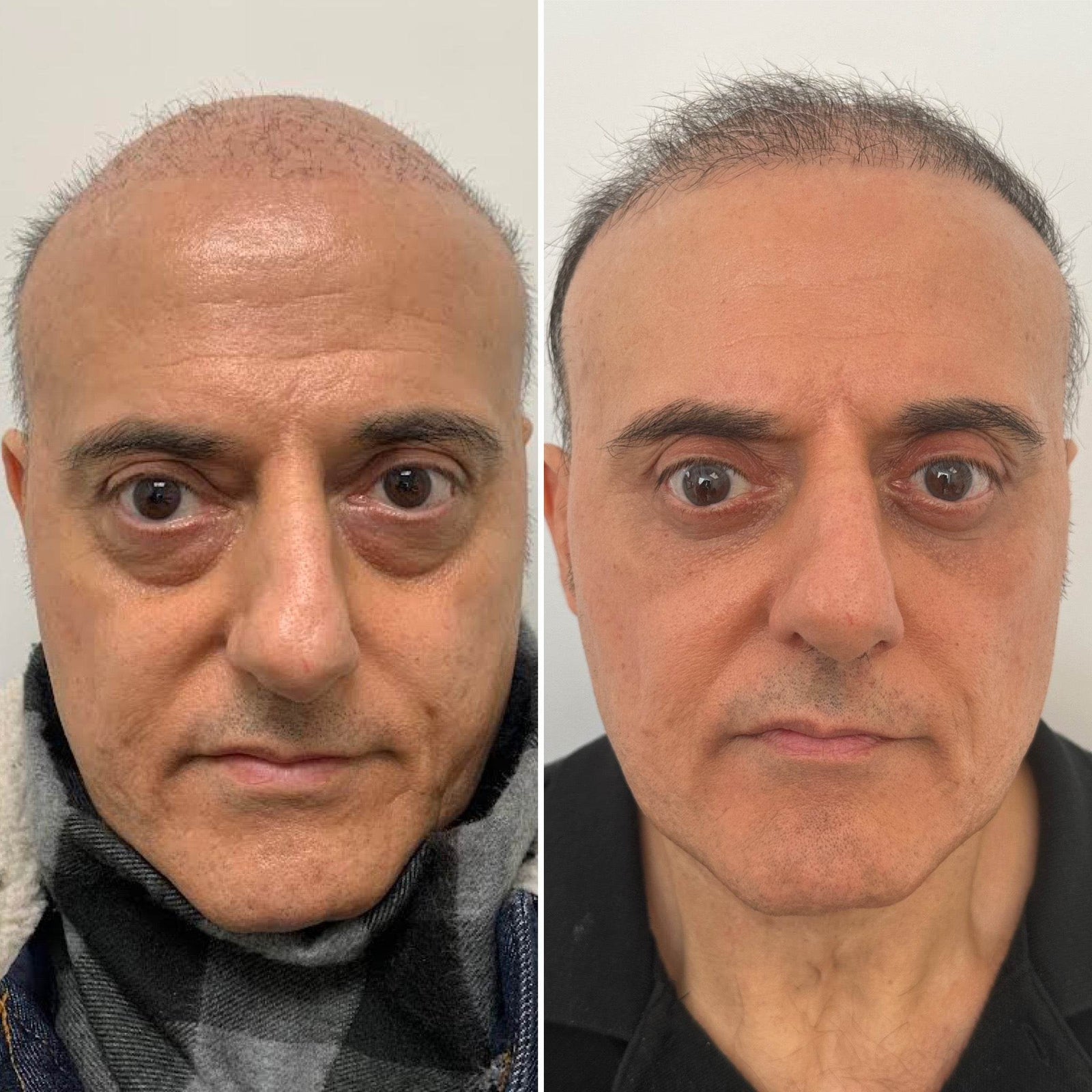
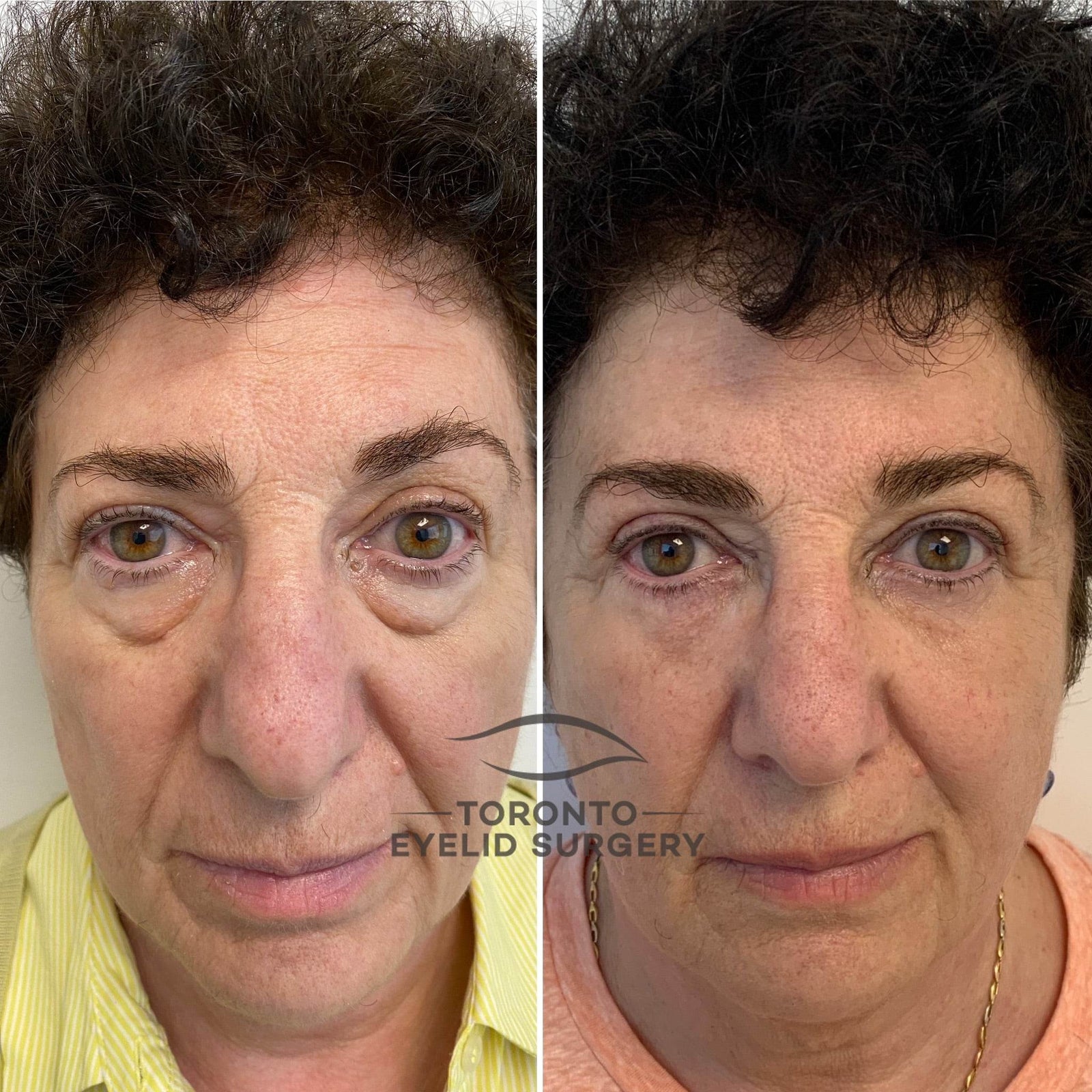
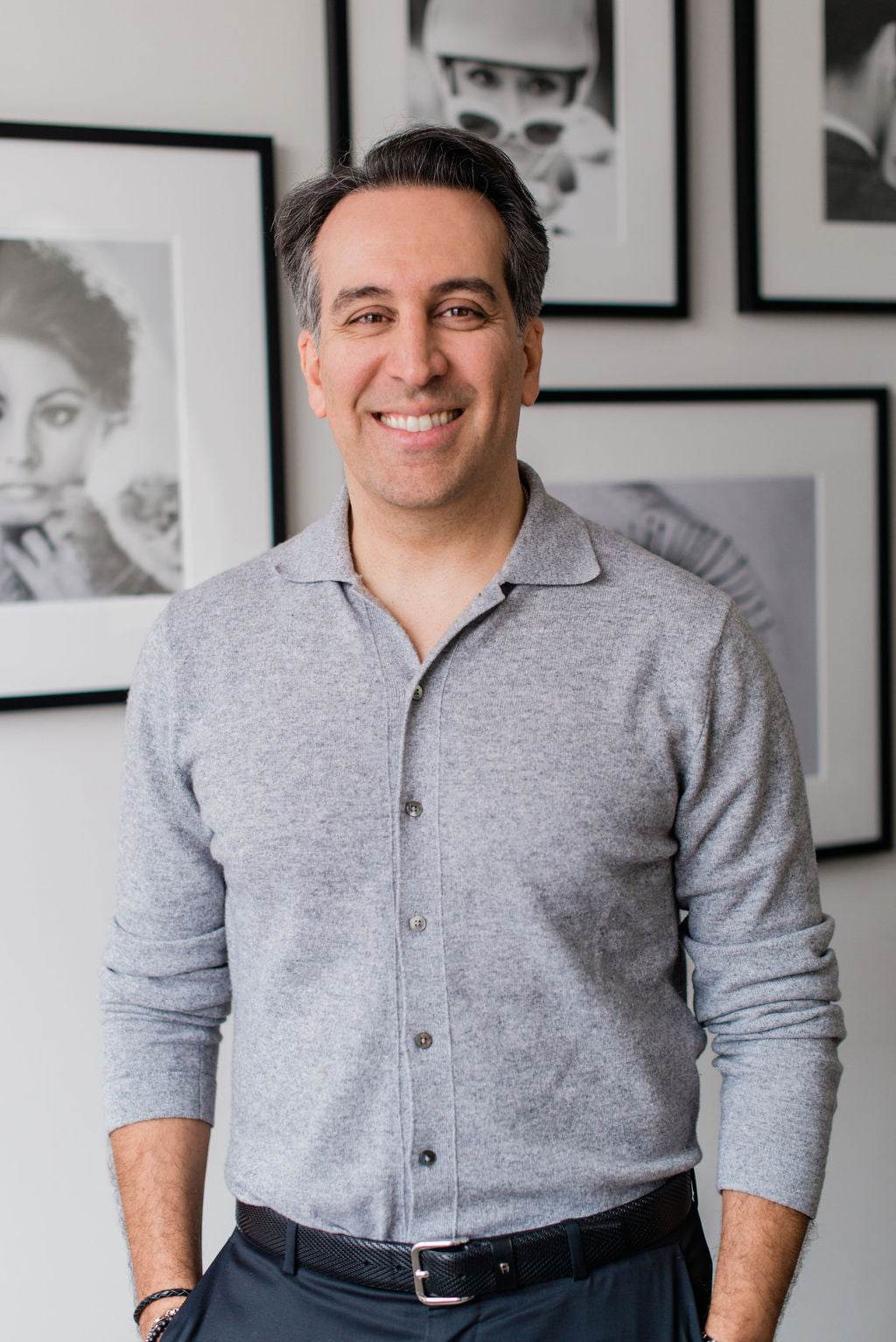
Why Choose Dr. Maleki for Your Fat Transfer surgery?
Dr. Maleki is dedicated to providing exceptional care and delivering transformative results. With extensive experience in aesthetic treatments, we ensure that every client receives personalized attention and a tailored approach to achieve the most natural, beautiful outcomes.


